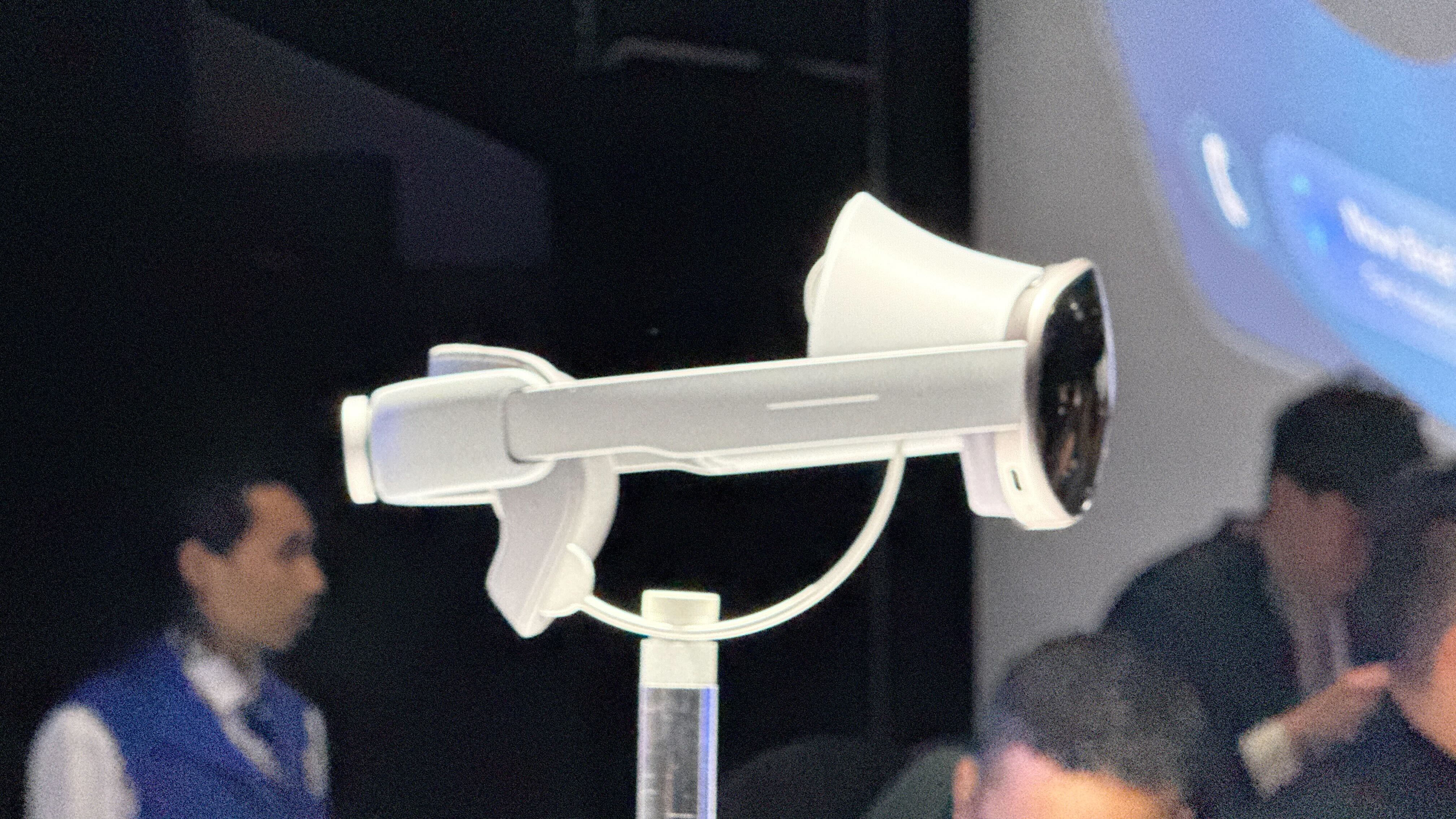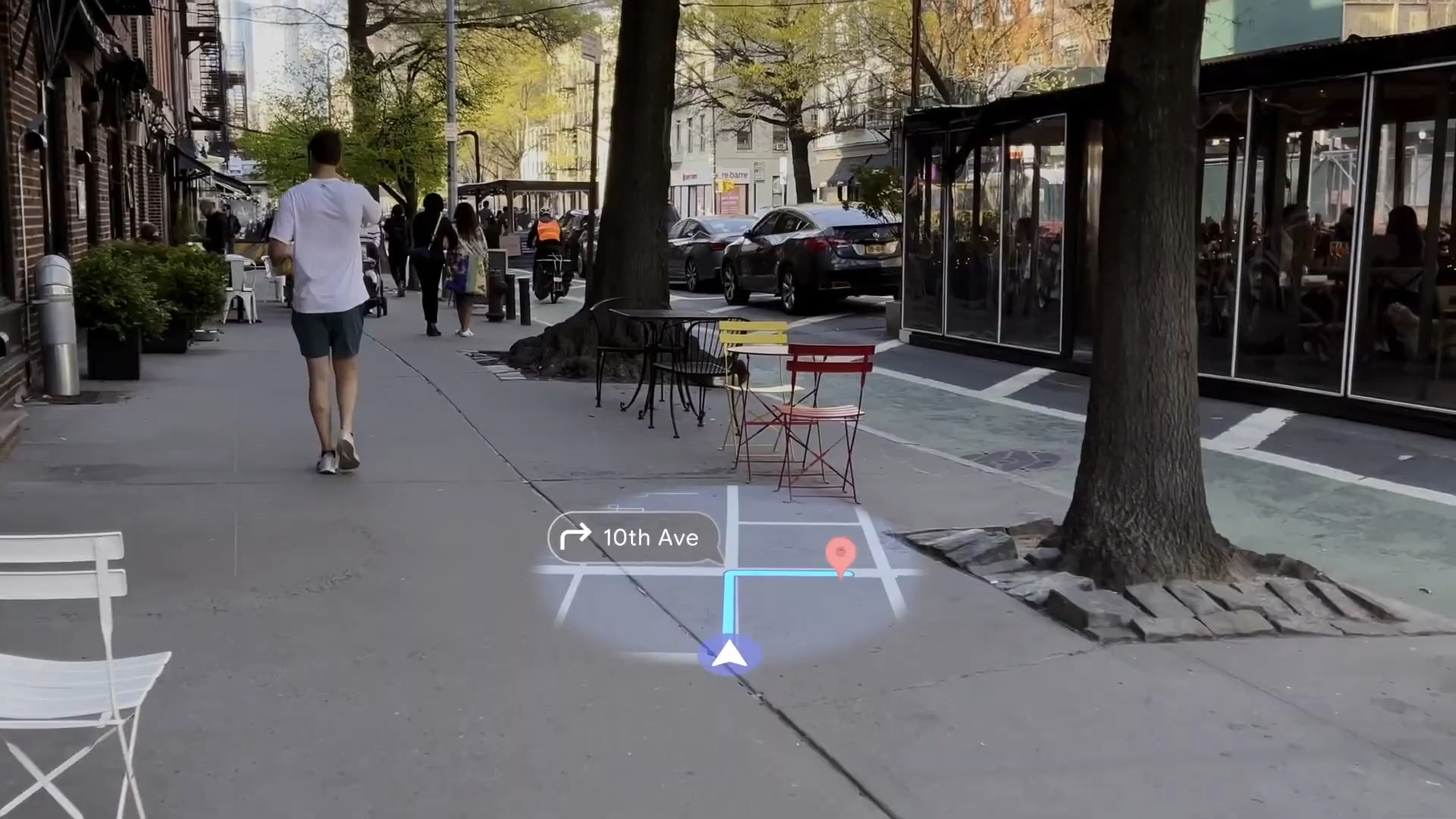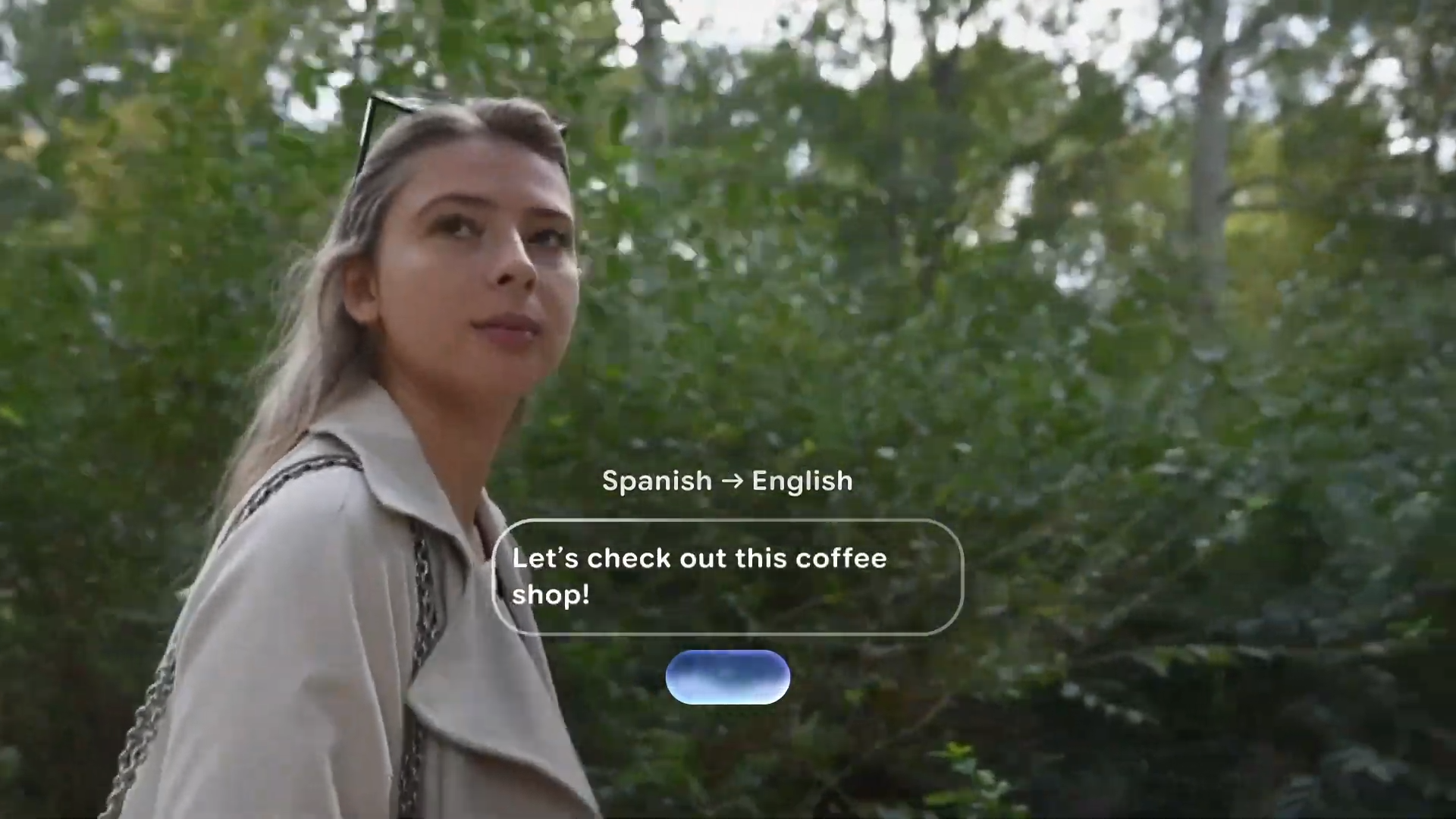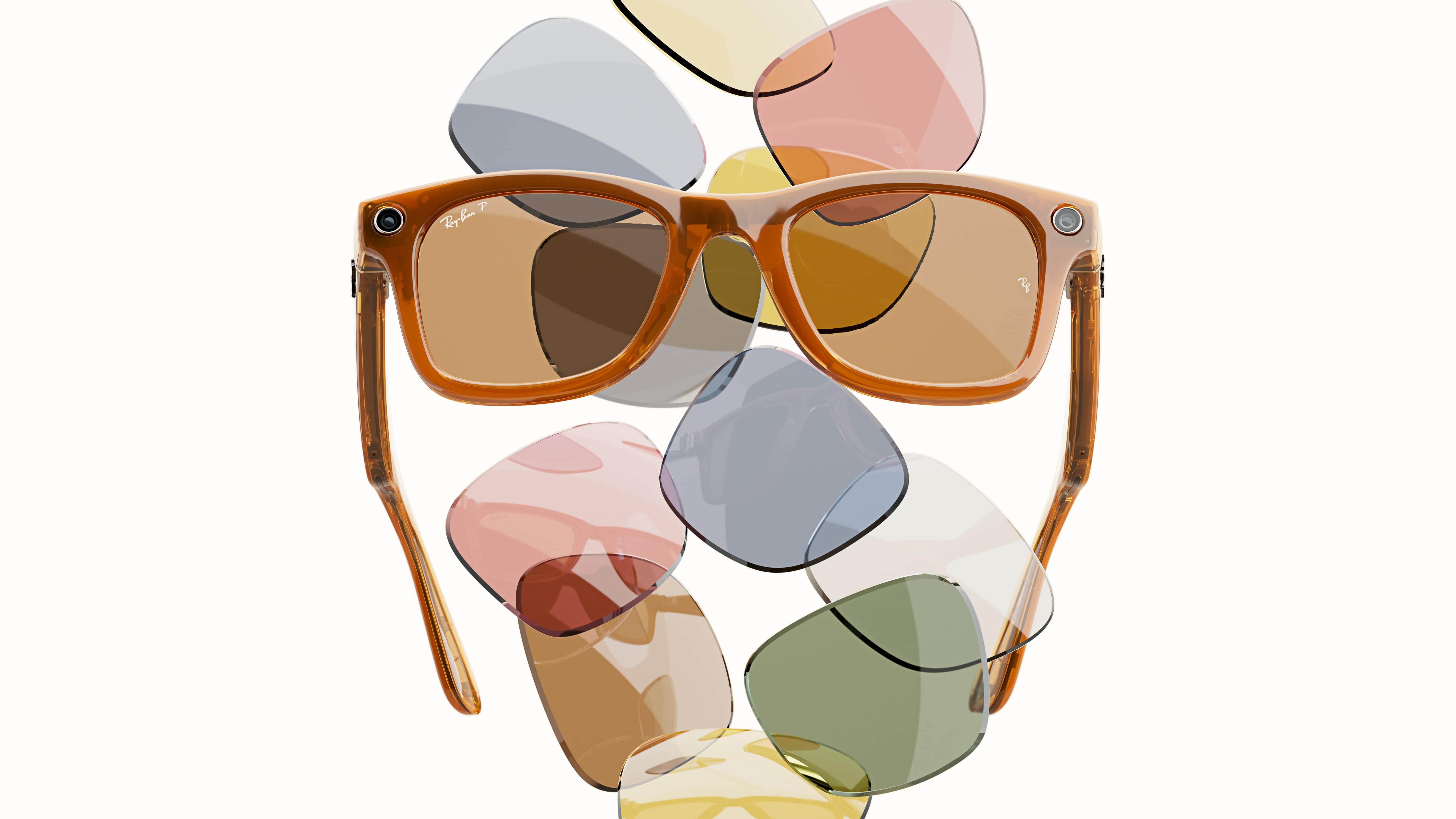Google’s Android XR glasses look like its most exciting gadget in years – but the headset leaves me wanting more

- Android XR has been showcased by Google at I/O 2025
- It relies heavily on AI to deliver many of its features, like live translation
- The headset looks interesting, but the glasses are the true star
Google has finally taken the lid off Android XR at Google I/O 2025 to show us what the operating system will be capable of when it launches on Android XR headsets and glasses later this year.
We didn’t see quite everything I was hoping we would, but we did learn what Google’s silver bullet in XR will be: Google Gemini. Its AI-centric approach was demoed across both hardware types – AR glasses and mixed-reality headsets.
Starting with the latter, Google gave a public version of Project Moohan headset demonstrations it has been running privately for media and tech experts. It highlights some standard headset advantages, like the benefits of an immersive screen for multi-tasking – we were shown a user accessing YouTube, Google Maps, and a travel blog as they research a location they’re planning to visit.
Then, in one impressive moment, that user asks Gemini if it can “take me to Florence.” Gemini obliges by opening Google’s immersive 3D map and gives them a birds-eye view of the city and some landmarks (including the iconic Cathedral of Santa Maria del Fiore, which Assassin’s Creed 2 players will be very familiar with).

Then there’s the glasses. Across a few different scenarios Google highlighted how Android XR specs can make your life easier with hands-free controls and a head-up display.
You can draft and send messages to your contacts, access live translation with on-screen subtitles, search for Google Maps recommendations and then get directions to a location, and take pictures using the glasses’ camera and see a preview of the shot right away.
It’s reminiscent of what Meta’s Ray-Ban glasses are capable of, and it’s exactly what we've been expecting Meta’s rumored smart glasses with a display will be capable of if (read: when) they’re showcased later this year.

I was expecting more from Google in the headset department, frankly.
Sign up for breaking news, reviews, opinion, top tech deals, and more.
Android XR certainly seems neat, but I’ve yet to see a reason why it’s better than – or, to an extent, on a par with – with the competition (*cough* Meta Quest 3 *cough*). However, I’m at least a little hopeful that by the time Project Moohan is ready to launch for consumers (with it again only being teased for release “later this year”) some of Android XR’s letdowns will be addressed.
For now, the headset certainly seems like it’s playing second fiddle to the true Android XR star: the glasses.

Not only are most of the showcased Android XR features (which look very useful) made for a device you’d wear all the time, I’m surprised by how much choice Google is already offering us in terms of hardware.
Samsung is working on Android XR tech but so is Xreal with its Project Aura, and stylish eyewear brands Gentle Monster and Warby Parker. And Google’s promise of it “starting with” these brands suggests more partners are on the way.
This abundance of choice is fantastic for two key reasons.
First up, with more choice prices will have to remain competitive. Meta’s display-equipped smart glasses are reportedly set to cost over $1,000 with insiders expecting a cost in the $1,300-$1,400 range (which would be around £1,000-£1,100 or AU$2,050-AU$2,200).

With more glasses options to choose from we may see prices drop to more affordable levels more quickly than if there were just one or two players in the game.
Second, glasses, like other fashion accessories, need to prioritize style to some degree. Utility is important, but if we’re expected to wear smart glasses all day everyday then just like any other accessory they need to suit our identity.
By partnering with a range of different brands out the gate – the aesthetics of Gentle Monster and Warby Parker are almost polar opposites to one another – Android XR tech should appeal to a wider audience than the Meta’s Ray-Ban-only approach, because it will boast glasses designed to suit a wider range of fashion niches.

It’s still early days for Android XR, and there are crucial details we’re still missing, but Google has certainly come out swinging with its latest operating system
I’ll be paying close attention to Google’s Android XR demos, and looking for more concrete information on the upcoming hardware. For now, though, Google certainly has me on the hook.
You might also like

Hamish is a Senior Staff Writer for TechRadar and you’ll see his name appearing on articles across nearly every topic on the site from smart home deals to speaker reviews to graphics card news and everything in between. He uses his broad range of knowledge to help explain the latest gadgets and if they’re a must-buy or a fad fueled by hype. Though his specialty is writing about everything going on in the world of virtual reality and augmented reality.
You must confirm your public display name before commenting
Please logout and then login again, you will then be prompted to enter your display name.